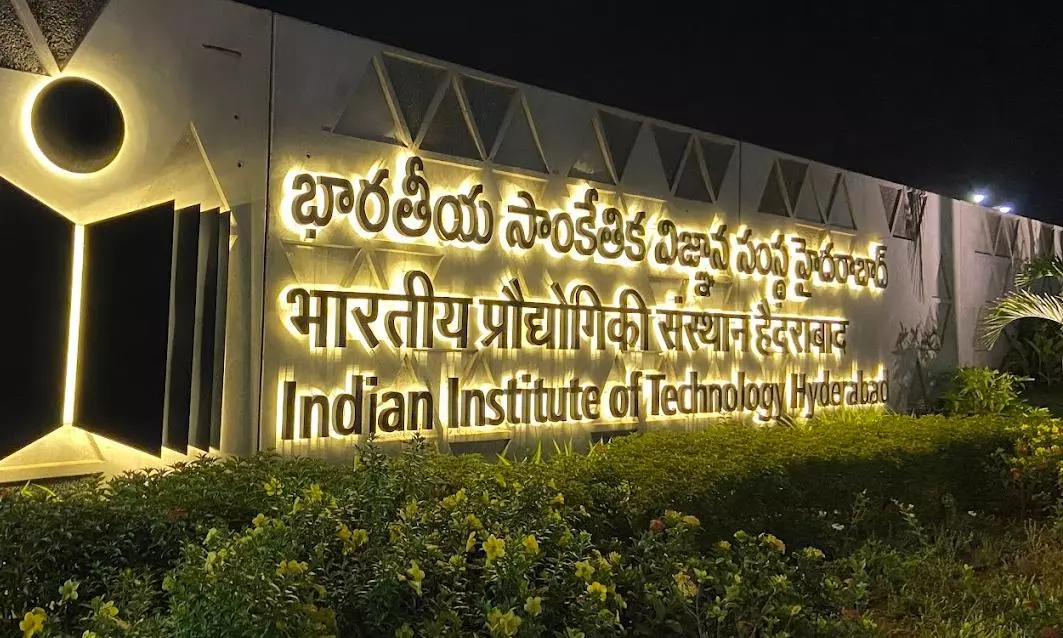New IIT-H System Likely to End Telecom Woes
Researchers at IIT-H, in partnership with Japan’s Sharp Semiconductor Innovation Corporation and Hyderabad-based WiSig Networks, have successfully conducted the trial of a new wireless system that goes beyond current 5G capabilities

Hyderabad: In rural India, spotty network signals often mean dropped calls, delayed health alerts, or no internet access at all. In cities, traffic lights don’t talk to cars, and emergency services still struggle with real-time coordination. But a quiet tech breakthrough at IIT-Hyderabad may soon change that — and more.
Researchers at IIT-H, in partnership with Japan’s Sharp Semiconductor Innovation Corporation and Hyderabad-based WiSig Networks, have successfully conducted the trial of a new wireless system that goes beyond current 5G capabilities.
The innovation, built around a flexible software-defined communication chip, was tested on campus using Indian-made network towers. And it worked — delivering stable, high-speed connectivity designed for the challenges of tomorrow.
If this system was operationalised, rural areas could soon get high-speed internet without fibre cables. Ambulances and emergency teams could talk over dedicated, glitch-free channels. Driverless vehicles could receive real-time signals to navigate safely. And in remote villages, electricity or water meters could transmit data via satellites — no mobile tower required.
“This technology is built to adapt,” said Prof. Kiran Kuchi of IIT-Hyderabad, a lead researcher in the project and founder of WiSig Networks. “It’s not just about speed — it’s about reliability, flexibility, and reaching places traditional systems cannot.”
The chip, developed by Sharp Japan, allows devices to switch between different types of communication protocols, much like how a multilingual person switches languages. When paired with WiSig’s Open RAN base stations, it creates a more robust, intelligent network — one ready for emergencies, remote healthcare, autonomous transport, and climate-resilient rural development.
The system has already been showcased at the Mobile World Congress in Barcelona, and the trio of collaborators plans to roll it out more widely by 2026.
“This puts India right at the centre of future global communication standards,” said Toyofumi Horikawa from Sharp, calling the trials a milestone for international tech cooperation. At a time when India is pushing for digital inclusion and self-reliant technology, this innovation might just be the key to connecting everyone — no matter where they live or how fast they move.

